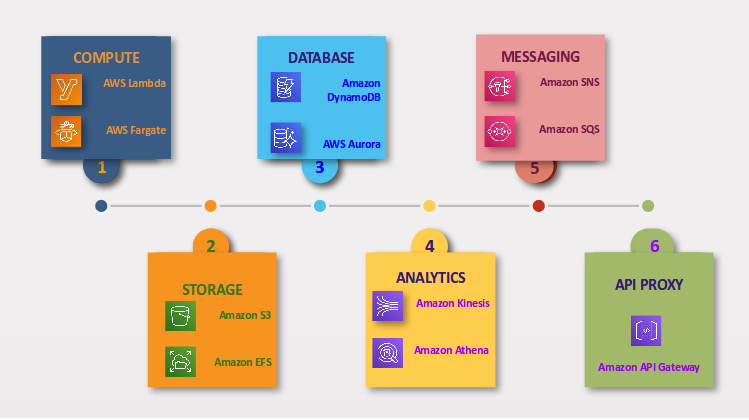

Using the AWS pricing calculator, the monthly price (as of July 2021) comes up to $174.81 American dollars. The instance will send an estimated 4 GB data to another instance in the same region and 4 GB data to other instances in different regions. There will be no incoming data from the Internet, but there will be data coming from other instances in other or the same region. Let’s say, the instance will be using a 200 GB general-purpose SSD volume, with two daily snapshots, each snapshot having 3GB of data change. Without proper planning and budgeting, scaling up applications with only On-Demand instances will have a huge impact on the monthly bill.įor example, consider running an m5.xlarge general purpose Linux EC2 instance with 4 vCPUs and 16GB RAM in the us-east-1 region 24×7. The drawback here is that due to this flexibility, this is the most expensive option. The advantage of using On-Demand is that it’s flexible, and there’s no long term commitment, nor pre-payment of any kind. With this model, customers pay by the minute or by the hour and there is no upfront payment for resource usage. This is the default pricing model for AWS instances. The need for high-availability, requiring switchover to managed services, read-replicas, or multi-AZ failover clusters.Application re-architecture and refactoring, resulting in using extra services.New feature implementation needing more processing power and servers.Onboarding new users with an influx of user-generated data.As companies embrace the cloud, they migrate more and more workloads to it, often without proper planning and budgeting oversight.

There are other factors which contribute to this unpredictability for engineers. AWS customers sometimes face difficulties in predicting cloud usage patterns due to dynamic cloud environments which can quickly and unexpectedly change due to spikes in demand. While this sounds convenient in principle, when you run it with On-demand Instances, it is quite expensive to operate in this manner in the long run. This includes using auto-scaling groups to automatically scale up and down instances to meet changing demands. To make critical services highly-available, AWS customers typically make use of its native scalability features.

In this article, we’ll introduce savings methods to cut cloud costs when planning infrastructure. And this can become quite expensive as you grow. In addition, some of the static infrastructure requirements can cause rampant inefficiency when your application needs are constantly fluctuating. Modern distributed applications often use several different services, which naturally creates some complexity in billing (and often surprisingly high charges). Yet when it comes to managing large, diverse IT infrastructures in AWS, even the most competent IT operations team will struggle without a cost management strategy in place. There’s no waiting time to reach a break-even point, or recoup an initial cost. On the other hand, Opex is shortened based on the usage only. On one hand, the Capex is gone as all the resources are supplied by AWS. This makes a huge difference for capital and operational IT expenditures of a company. The company compares their services with utility services, meaning customers are billed for the time and capacity they’re using. Most companies find AWS-based cloud computing attractive for three main reasons: unlimited scaling and capacity, affordability and flexibility, and ease of use. AWS provides you with all the IT resources on an On-Demand basis with a flexible pay-as-you-go pricing scheme.Īs of 2022, AWS offers a virtual data center spanning across 25 regions (with more coming) and edge locations running over 200 products and services. Offering a wide variety of cloud services, it caters to almost every possible workload, including secured networking, virtual servers, databases, big data processing, object storage, AI/ML, and so on. Confused about AWS pricing models? You’ve come to the right place!Īmazon Web Services (AWS) is the world’s leading cloud platform, with over 1 million users across 190 countries.


 0 kommentar(er)
0 kommentar(er)
